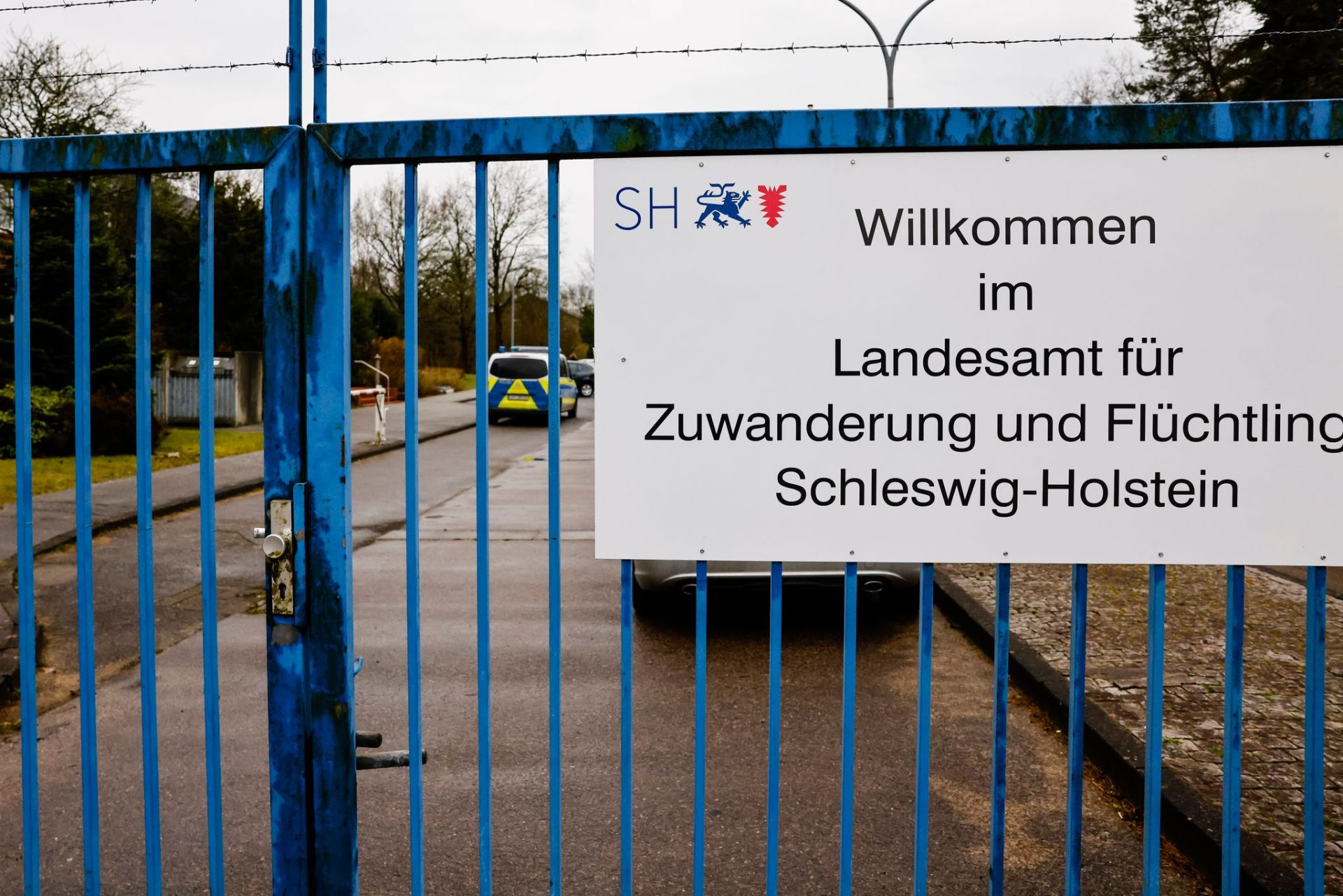 Have the article read by OpenAI (Beta). Please note that AI translations may take some time to process.
Have the article read by OpenAI (Beta). Please note that AI translations may take some time to process.Nuremberg, Germany (dpa) – Many European Union member states are struggling to integrate Ukrainian refugees into their labour markets, according to a study published by Germany’s Institute for Employment Research (IAB) on Wednesday.
The IAB found that Germany achieved an integration rate of 27 percent at the beginning of 2024. Across Europe, Lithuania leads with 57 percent, followed by Denmark with 53 percent and Poland with 48 percent. Countries such as Finland, Norway, Romania and Spain have the lowest rates, at less than 20 percent.
Following Russia’s full-scale invasion of Ukraine in 2022, the EU introduced a temporary protection mechanism for Ukrainian refugees. Among other things, the mechanism gives them better access to the bloc’s labour market.
“Countries with high demand for low-skilled labour have higher employment rates,” says IAB division head Yuliya Kosyakova, who comes from Ukraine herself. These jobs require fewer language and other skills and can be filled more quickly. In countries with rising unemployment figures, competition for jobs is greater, which makes integration more difficult.
German government figures show that more than one million people have fled from Ukraine to Germany since the start of the war – often women with their children. According to the federal government, 135,000 of them were working in Germany in April.
In June, 112,000 were still on an integration course, which is primarily aimed at teaching them German. Germany adopts a “language first” principle, emphasising a long-term approach to integration, which lowers short-term employment rates. (17 July)
The editorial responsibility for the publication lies with dpa.
